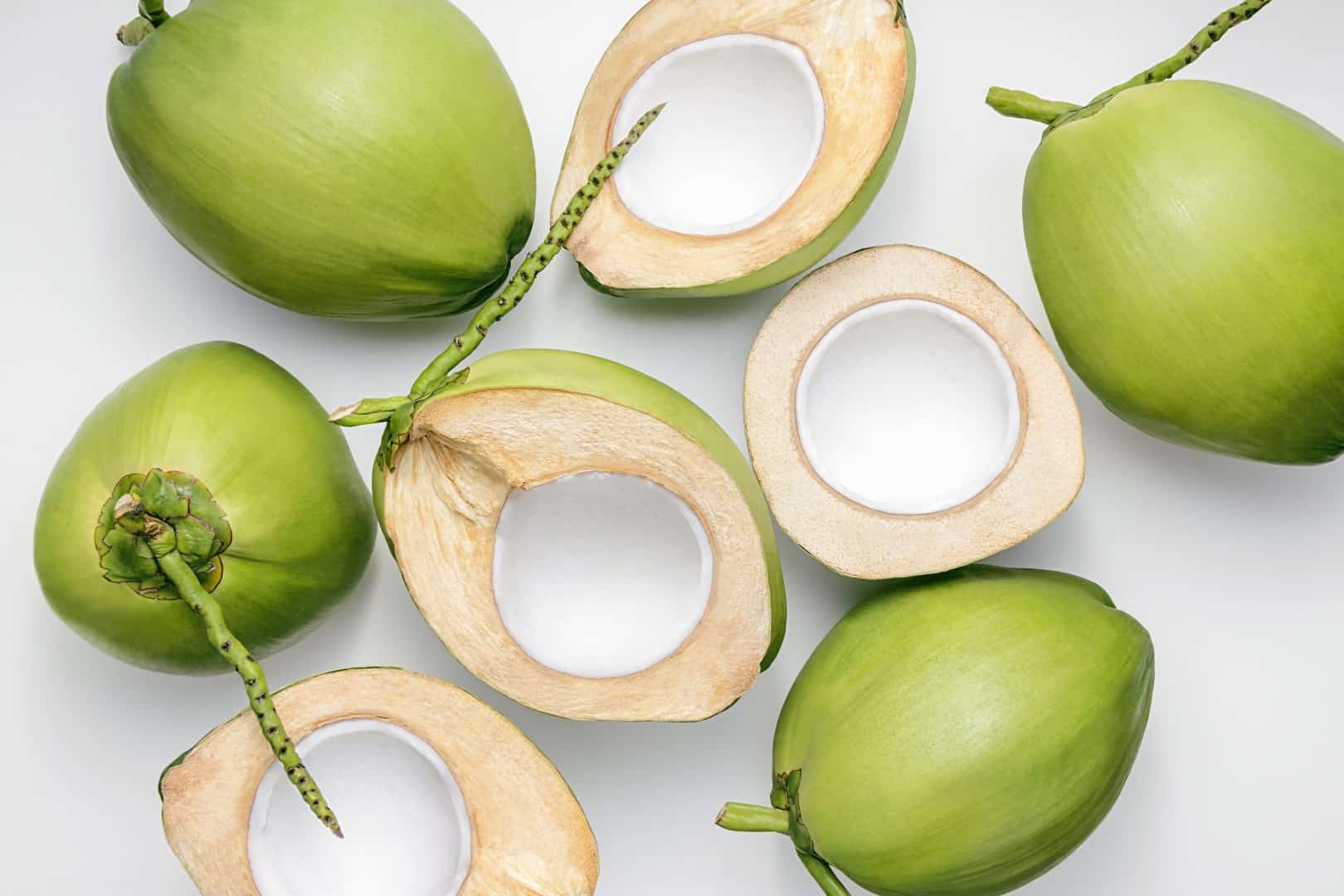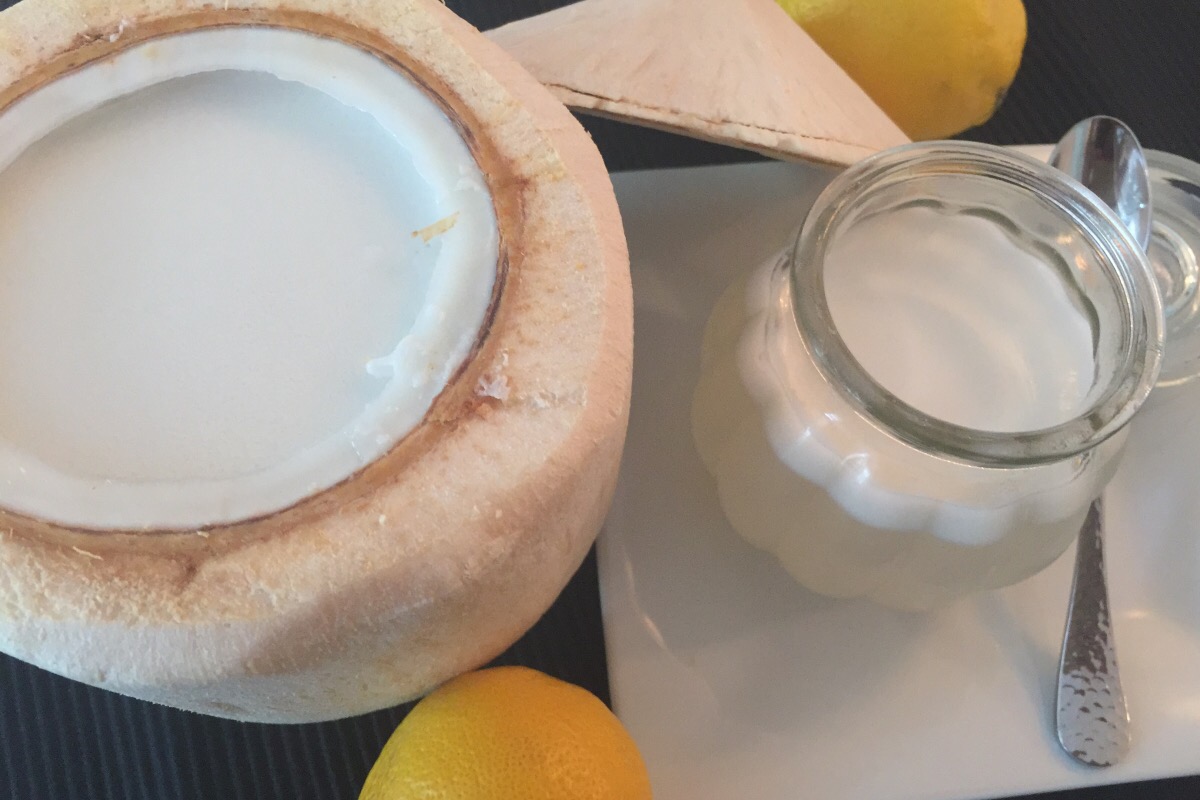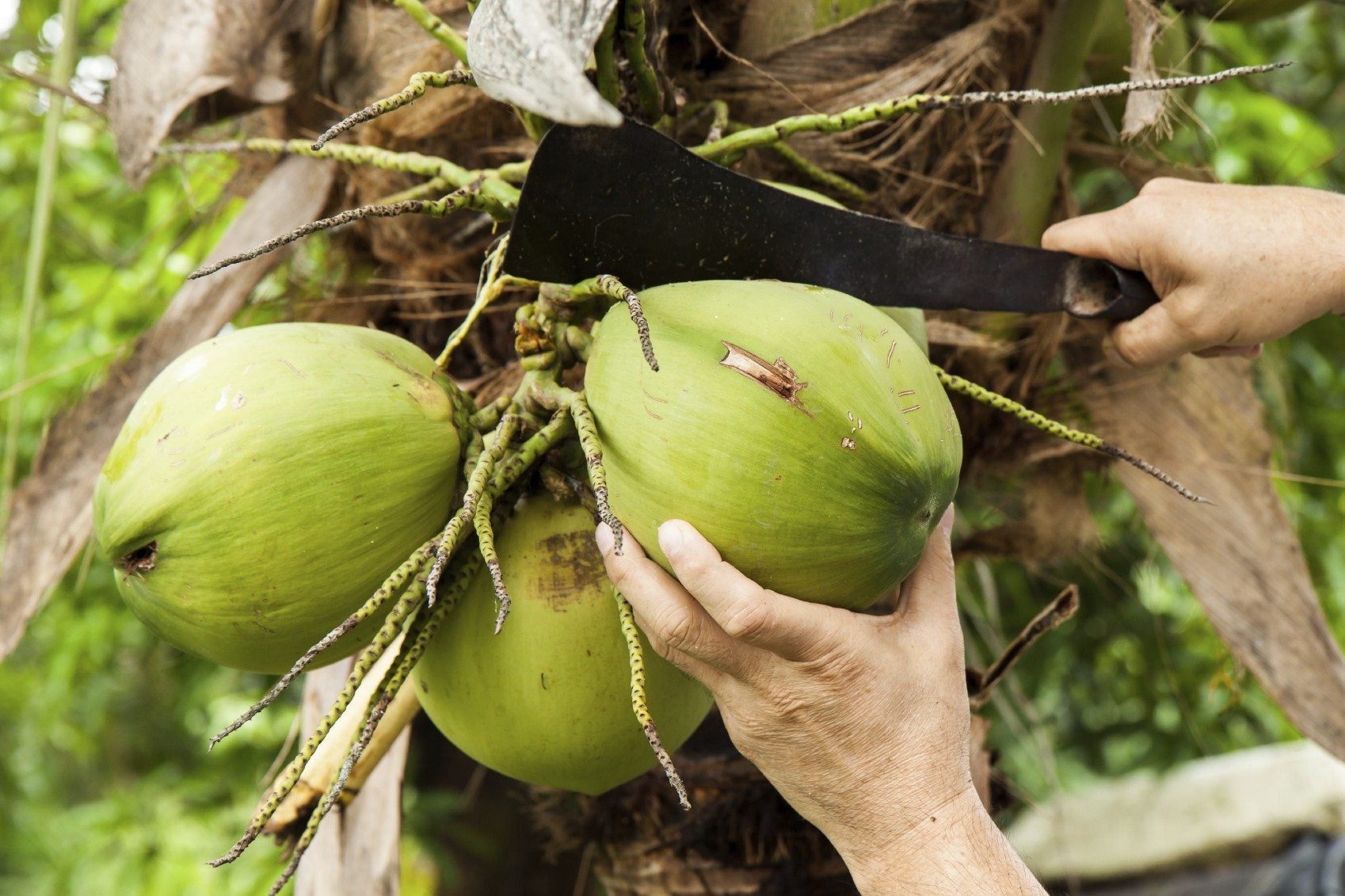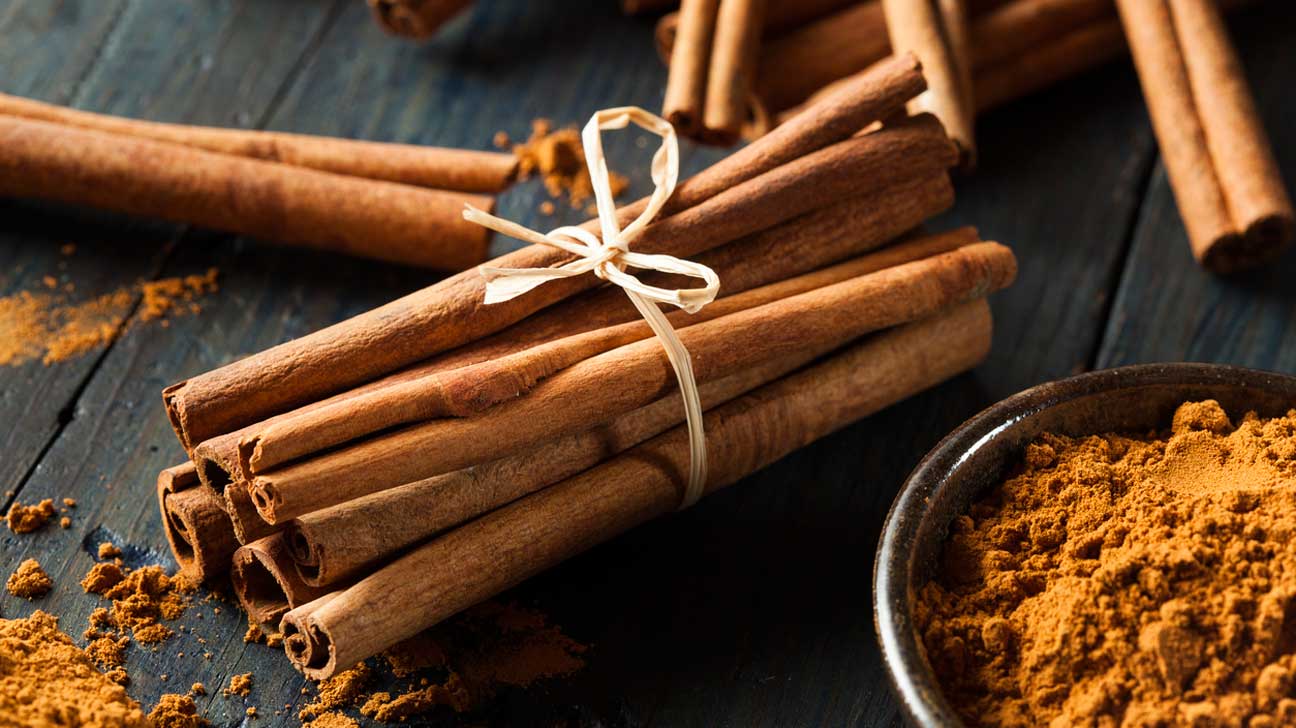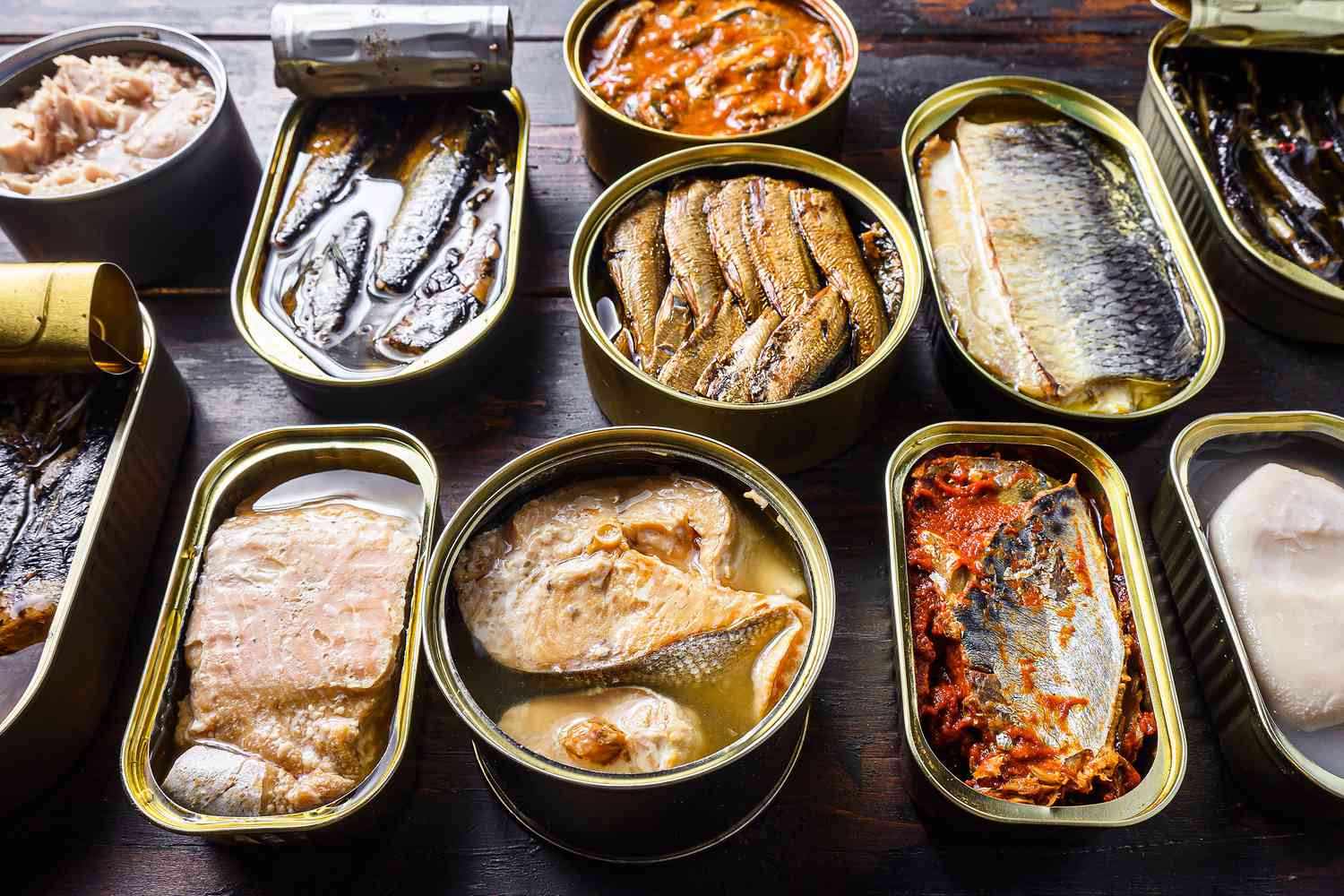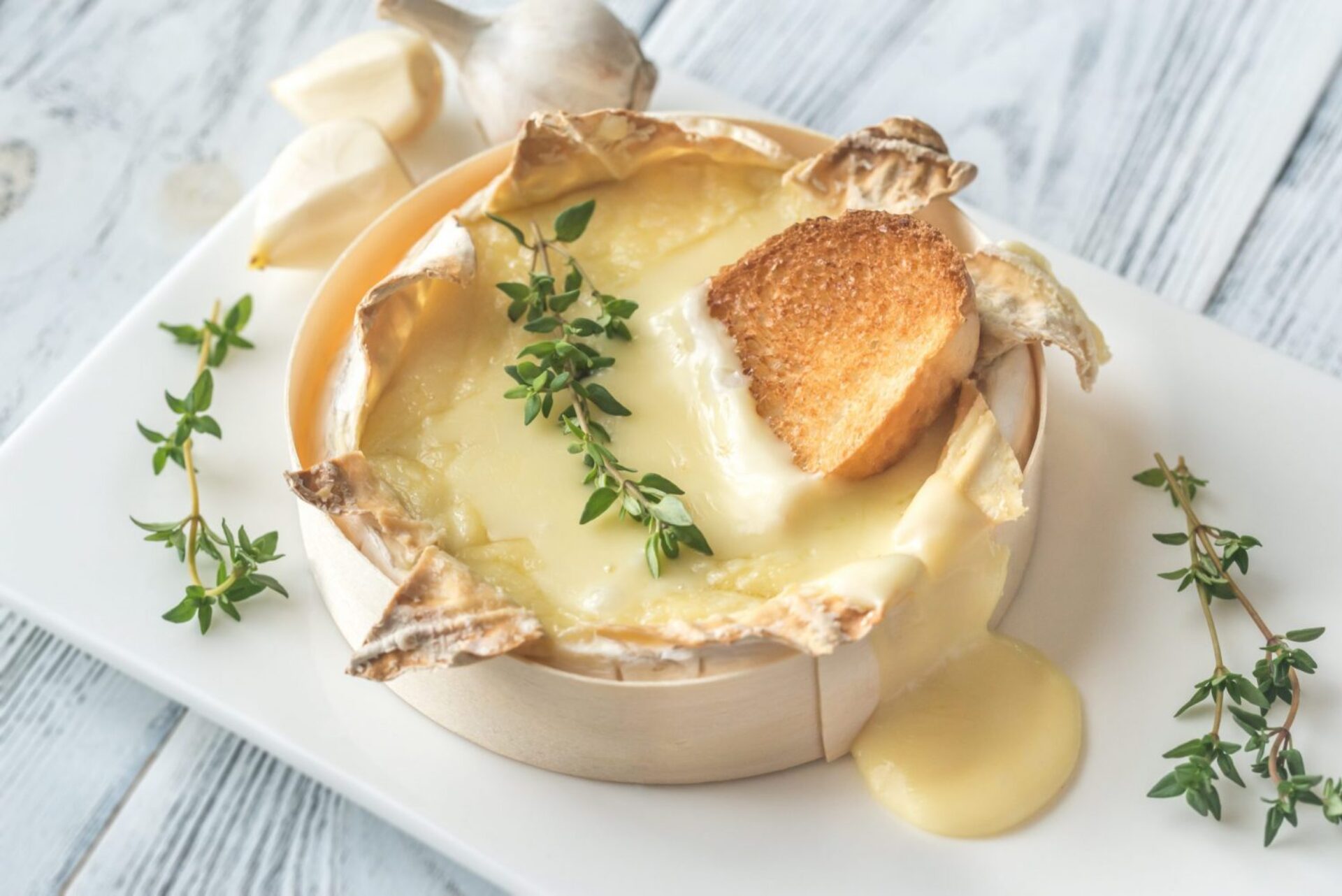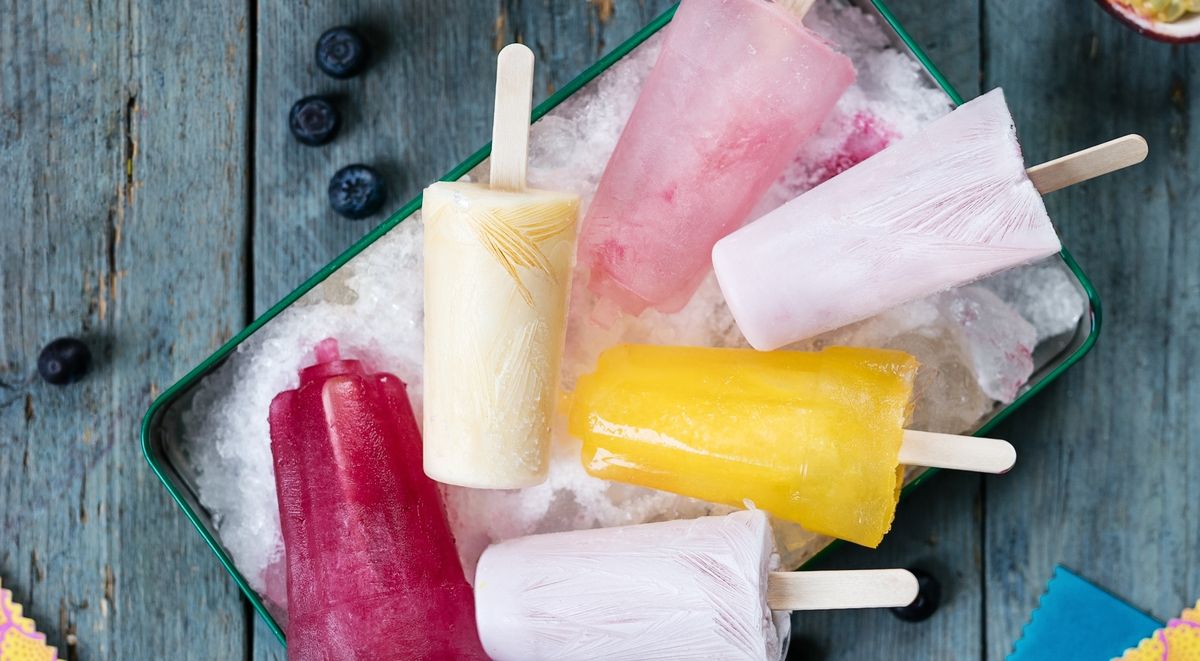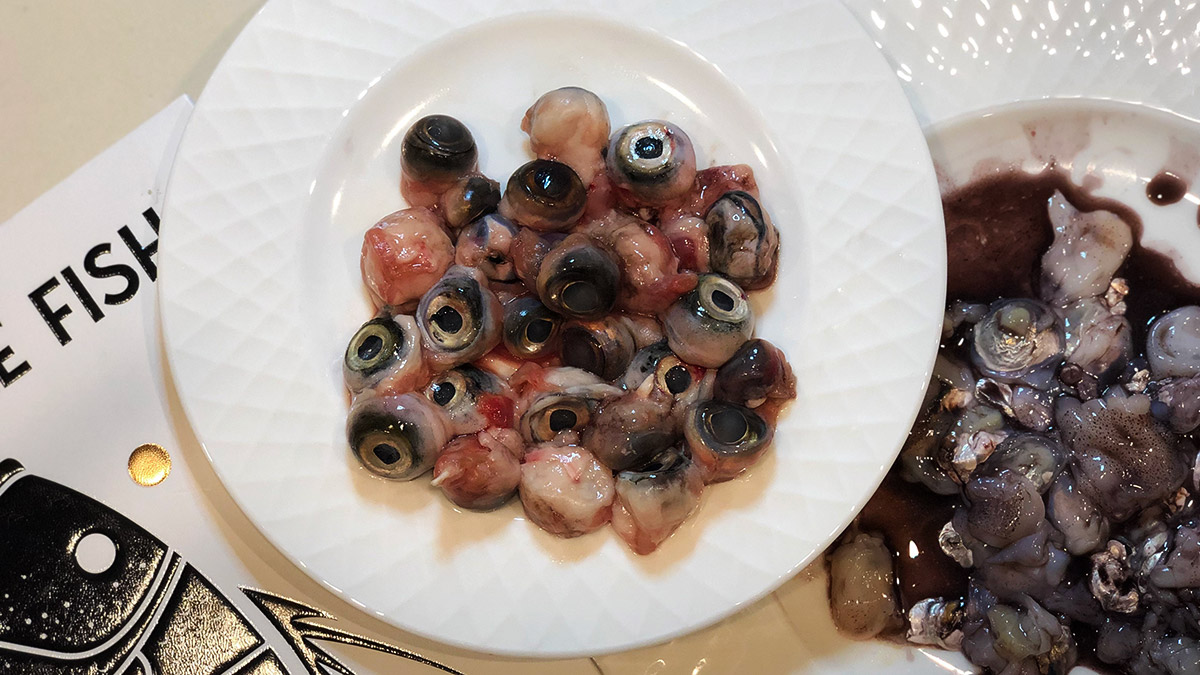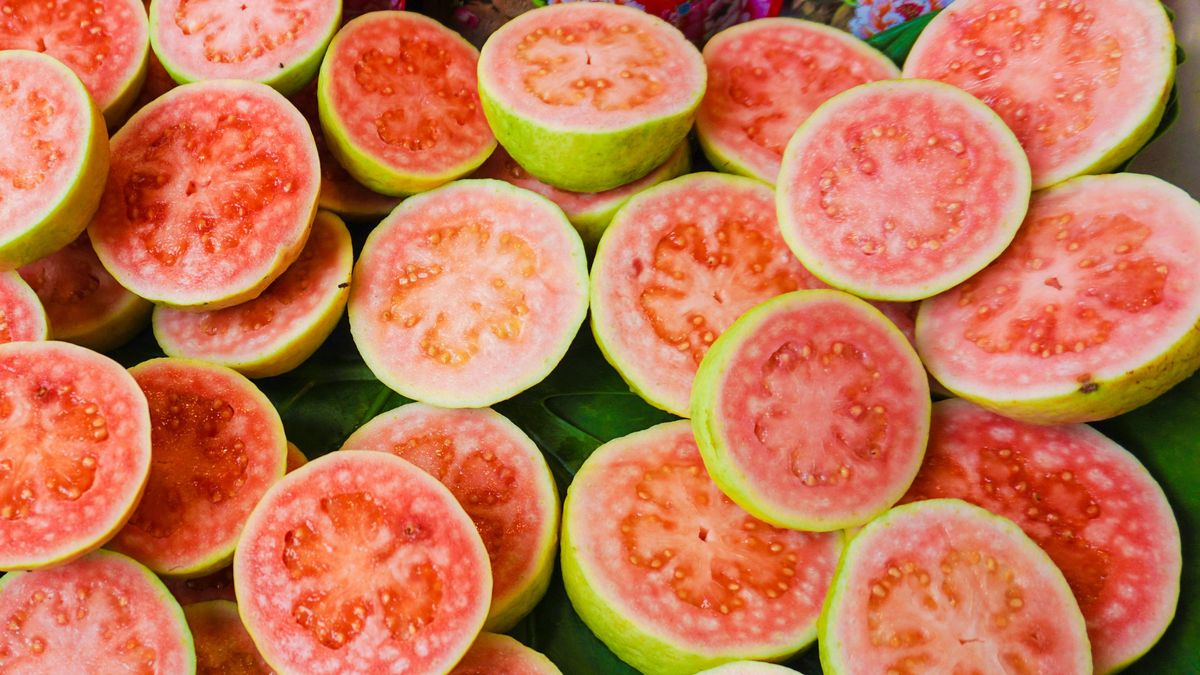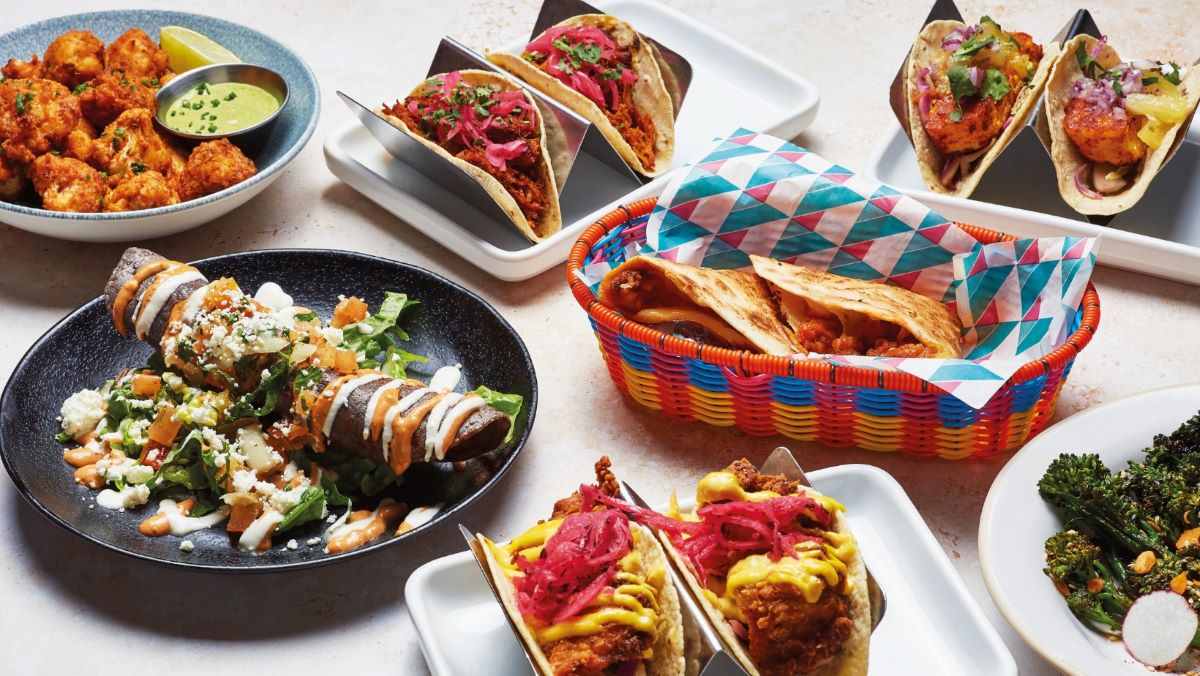Enjoying the Delightful Freshness of Young Coconuts
Young coconuts are a delicious and refreshing treat that can be enjoyed in a variety of ways. From sipping the sweet, hydrating water to scooping out the tender, creamy flesh, there are several methods to indulge in the goodness of this tropical fruit. If you’re wondering how to eat fresh young coconut, here are some simple and enjoyable ways to do so.
1. Selecting a Fresh Young Coconut
Before you can enjoy the delightful taste of a young coconut, it’s important to choose a ripe and fresh one. Look for coconuts that are heavy for their size and have no visible cracks or leaks. A good indication of freshness is a firm, smooth shell with no mold or dark spots. Shake the coconut gently to ensure there is plenty of water inside. The more water, the fresher the coconut.
2. Opening the Coconut
Opening a young coconut may seem daunting, but it’s quite simple with the right tools. Start by carefully removing the outer husk with a sharp knife, exposing the hard shell underneath. Once the husk is removed, use a heavy cleaver or a coconut opening tool to carefully tap around the top of the coconut, creating a small opening to access the water and flesh inside.
3. Enjoying the Coconut Water
Once the coconut is open, the first step is to savor the naturally sweet and hydrating coconut water. Insert a straw or pour the water into a glass to enjoy its refreshing taste. Coconut water is not only delicious but also packed with electrolytes, making it a perfect natural hydrator.
4. Scooping Out the Flesh
After enjoying the coconut water, it’s time to savor the tender and creamy coconut flesh. Use a spoon or a coconut scraper to gently scoop out the soft white flesh from the inside of the coconut. The flesh can be eaten as is or added to smoothies, desserts, or savory dishes for a delightful tropical flavor.
5. Incorporating Coconut into Recipes
Young coconut flesh can be a versatile ingredient in various recipes. From adding it to fruit salads and yogurt parfaits to blending it into creamy coconut milk for curries and soups, there are countless ways to incorporate fresh coconut into your culinary creations. Its natural sweetness and creamy texture make it a delightful addition to both sweet and savory dishes.
6. Making Coconut-Based Treats
If you’re feeling adventurous, consider using fresh young coconut to make homemade coconut-based treats. From coconut ice cream and coconut pudding to coconut macaroons and coconut smoothie bowls, there are endless possibilities for creating delicious desserts and snacks using this tropical fruit.
7. Storing Leftover Coconut
If you find yourself with leftover coconut flesh, it can be stored in an airtight container in the refrigerator for a few days. Alternatively, you can freeze the coconut flesh for longer-term storage, allowing you to enjoy the freshness of young coconut at a later time.
With these simple tips, you can savor the delightful freshness of young coconuts and incorporate them into your culinary adventures. Whether enjoyed on its own or used as a key ingredient in recipes, fresh young coconut is a tropical delight that offers both flavor and nourishment.
